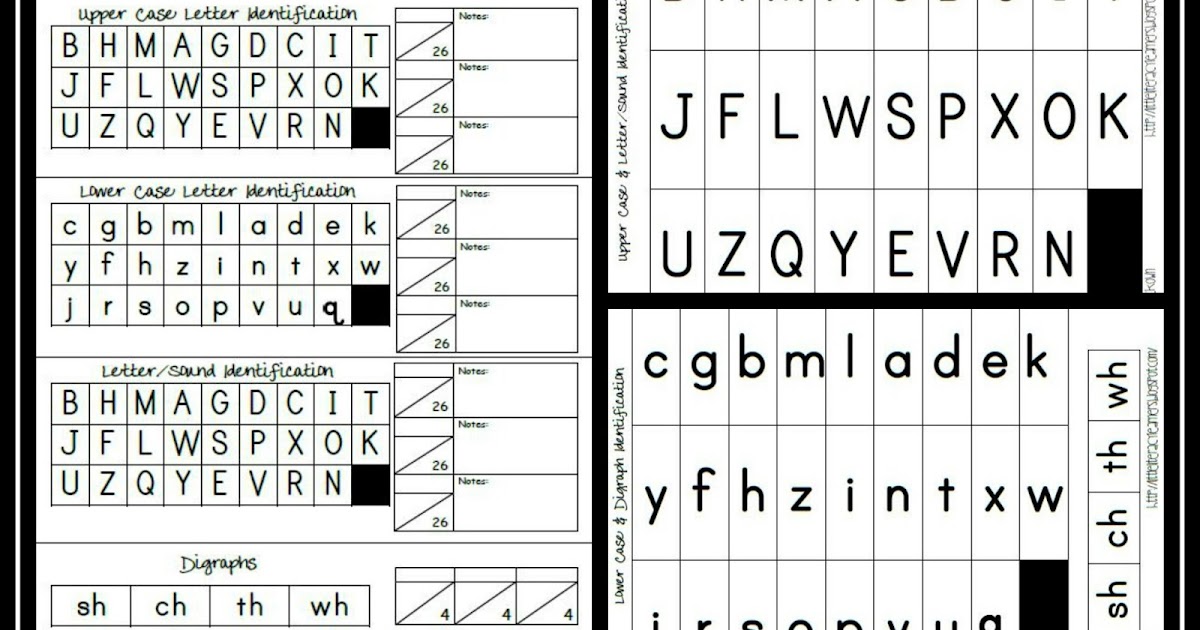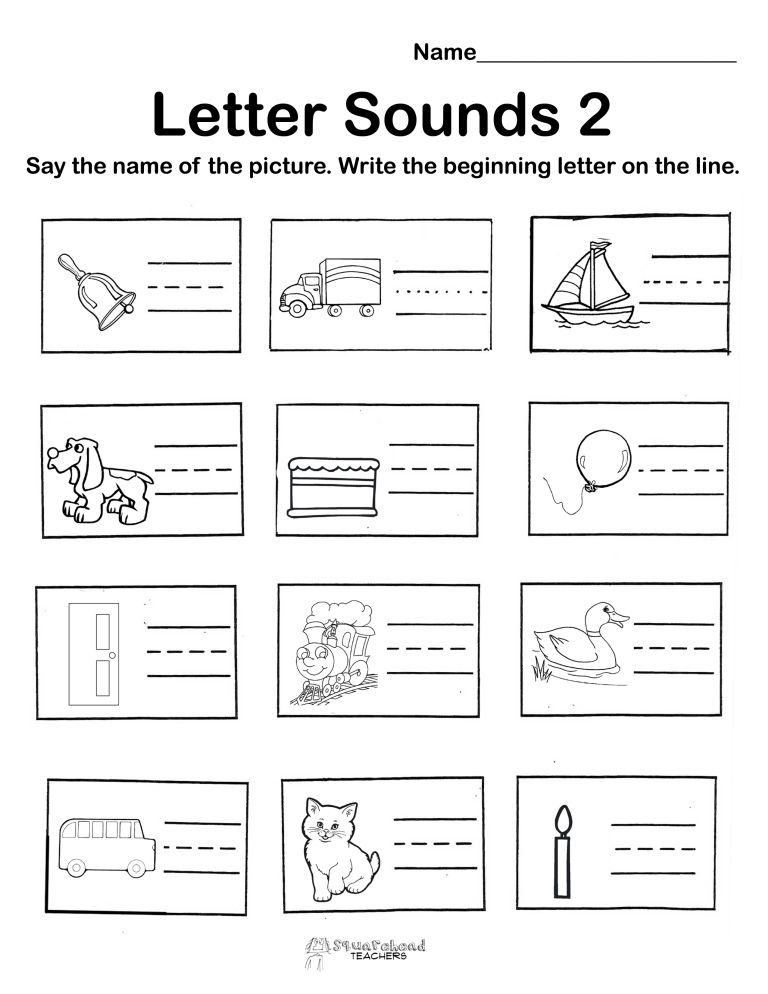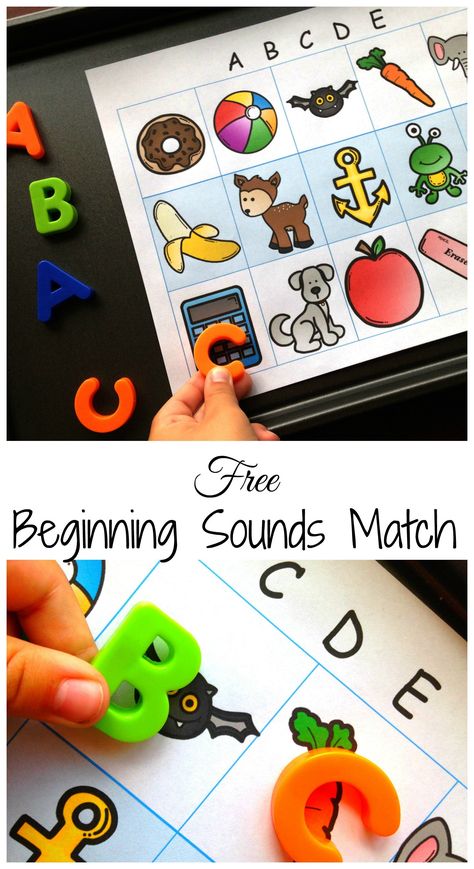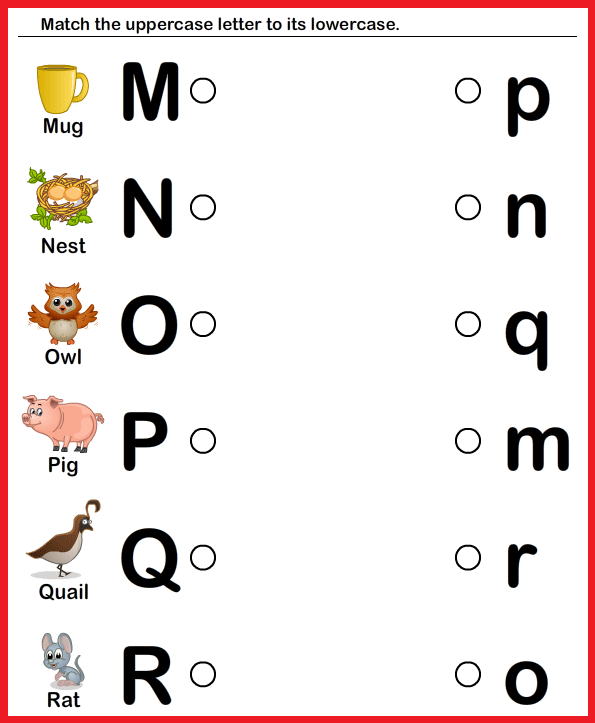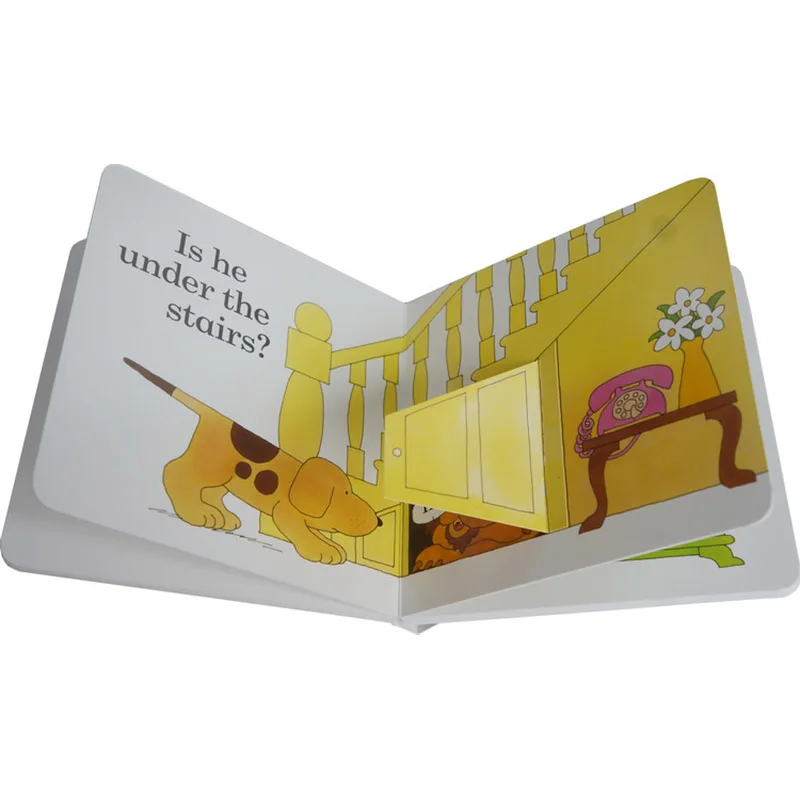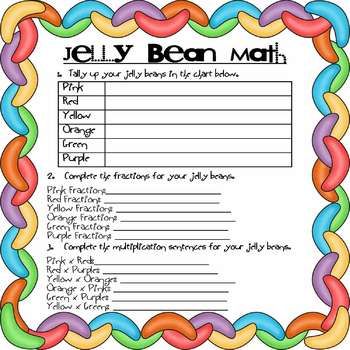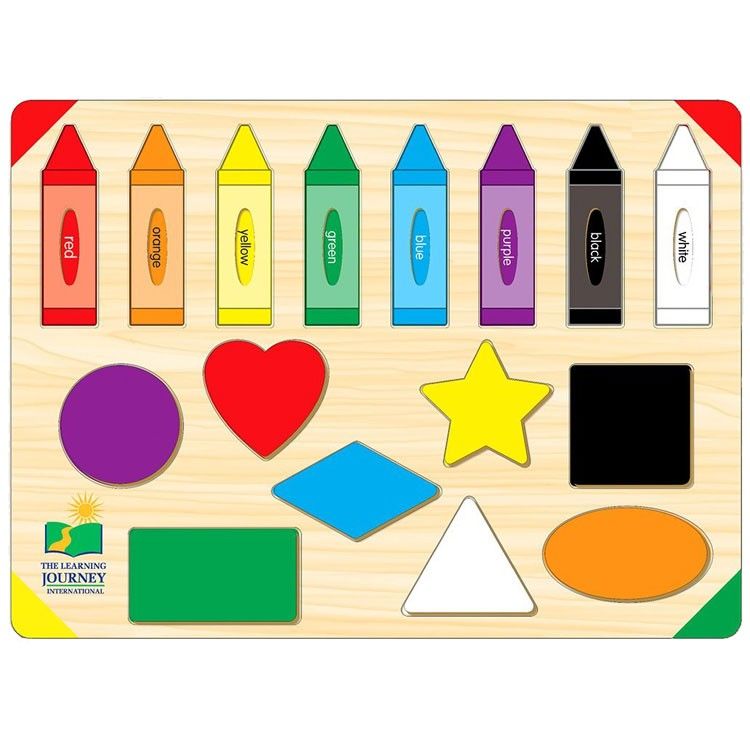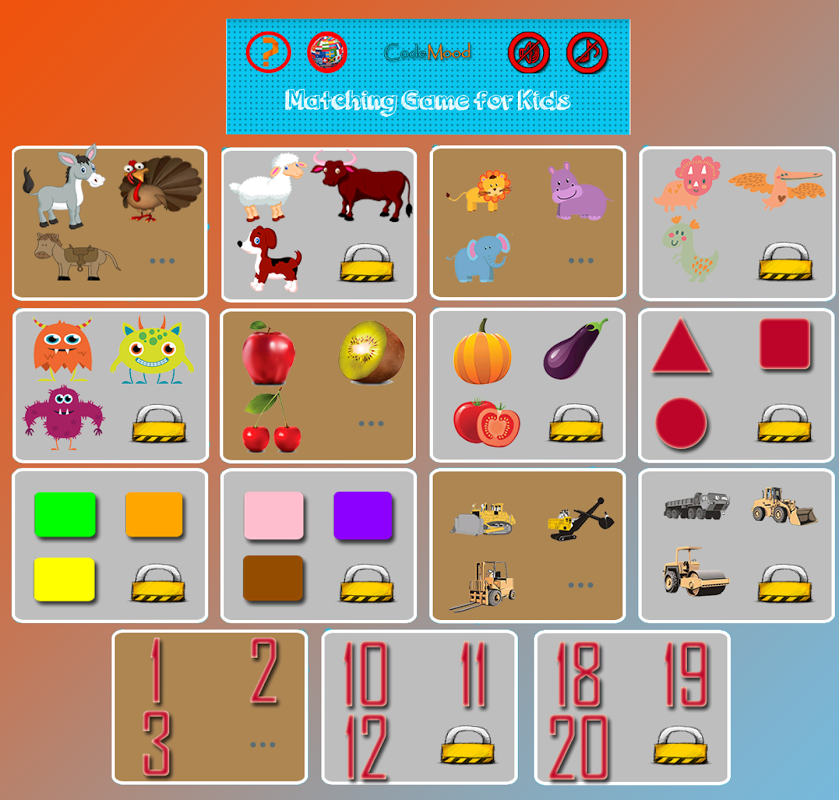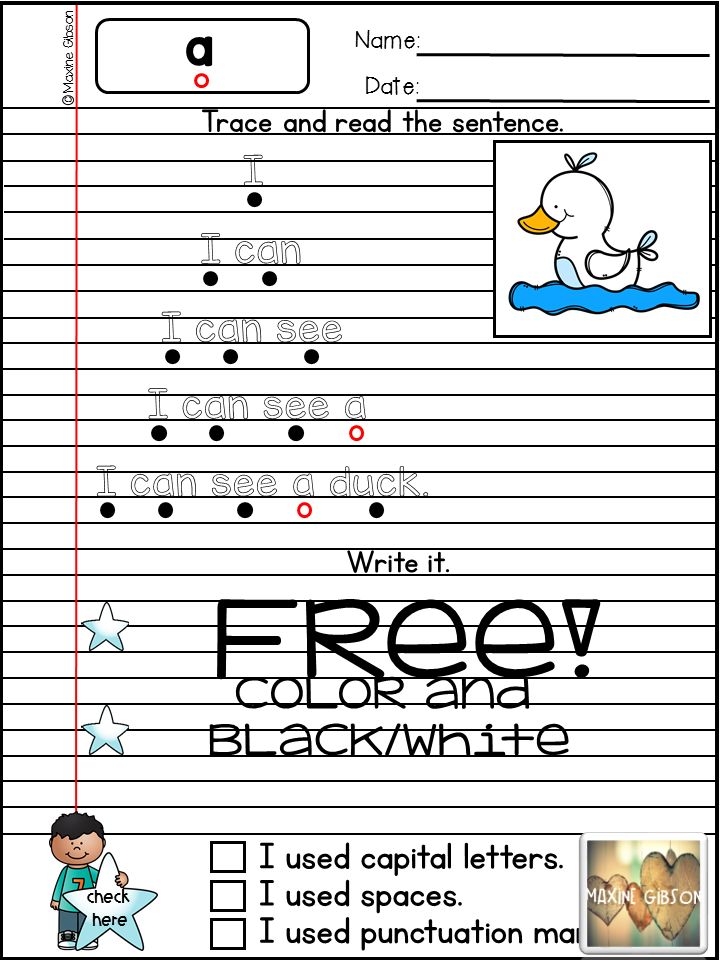Learning letter sound
5 Fun And Easy Tips
Letter sounds are one of the very first things your child will encounter when they begin to explore reading.
By recognizing the phonetic sounds that alphabetic letters make, your child will take their first big step toward associating words with their individual sounds, an essential tool for, when the time is right, sounding out words.
Most new readers start from the same place — by learning their letters! And no matter where your child is on their reading journey, working with them on their letter sounds is a great way to help strengthen their fundamental skills.
Here are five fun and effective tips for working on letter sounds with your child.
5 Fun And Easy Ways To Teach Letter Sounds
1) Touch And Feel Letters
Humans are tactile creatures, and we depend on touch to tell us a lot about the world around us. This is especially true of kids when they’re learning!
Although most traditional reading curriculums focus on auditory and visual cues for letters and their sounds, touch can be helpful, too. We have five senses, after all, so we might as well take advantage of them!
As opposed to relying solely on how a letter looks when it’s written (and flat), adding in a physical sensory element can help your child build a stronger connection to the letter sound they’re trying to learn.
Doing this engages an extra part of their brain while they learn. Not only will they know what the letter looks and sounds like but also what it “feels” like. Associating the “feel” of a letter with its pronunciation may help them gain a better understanding of letter sounds more quickly.
There are plenty of options for exploring reading through your child’s sense of touch. The best part? Your child will get to do one of their favorite things — make a mess! Letting them get messy with letters provides a great incentive to learn.
If you’d like to try this tactile learning style, you can get started by grabbing a few blank pieces of paper. Using a thick, dark marker, write out the letters you want your child to work on.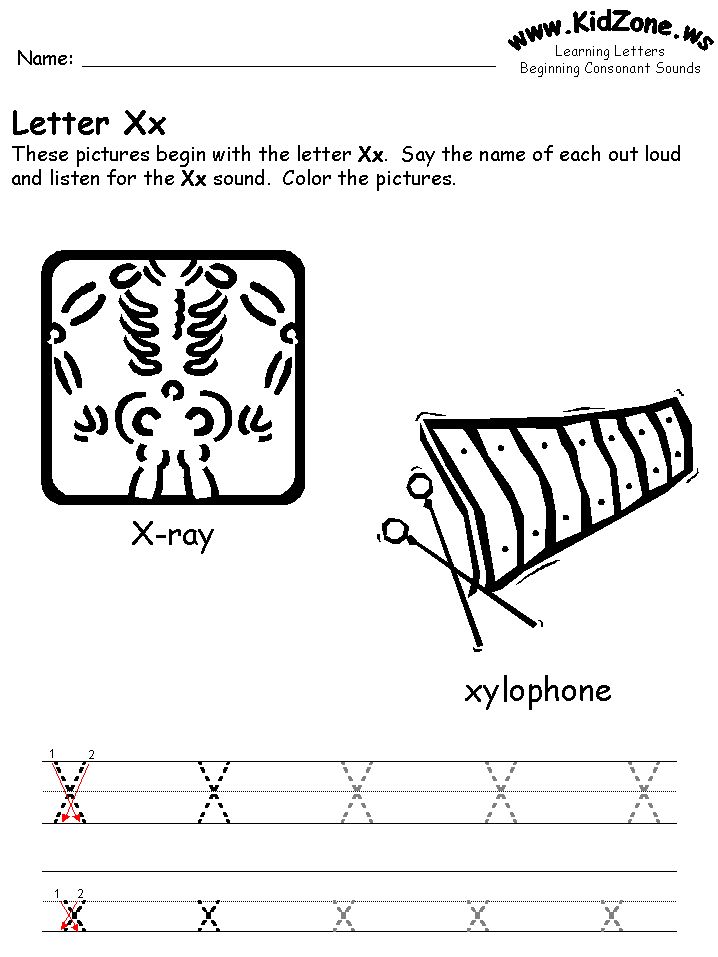
Then, you can simply grab whatever you have around the house that is malleable enough to form into letters. PlayDoh or kinetic sand are both great options.
We recommend saying the associated letter sound as your child looks at and forms the written letter with the PlayDoh or kinetic sand. You can also encourage them to shape their material over the outlined letter on the page if they need some extra guidance.
Feel free to also brainstorm words with them that share the letter sound they’re practicing. This could help them make even more connections to the letter and its sound!
If you don’t mind a little extra clean up, shaving cream can also be a great option! Simply spread out the shaving cream on a flat surface. Trace out the letter for them in the shaving cream, then ask them to do the same while you repeat the letter sound.
2) Connect Letter Sounds To Familiar Symbols
Letters and their sounds might be unfamiliar to your child. By making a connection between letter sounds and items or symbols your child might already be familiar with, you can help bridge the gap between what they don’t know yet and what they do!
Utilizing things that your child already knows and loves may encourage them to get more engaged with learning their letter sounds.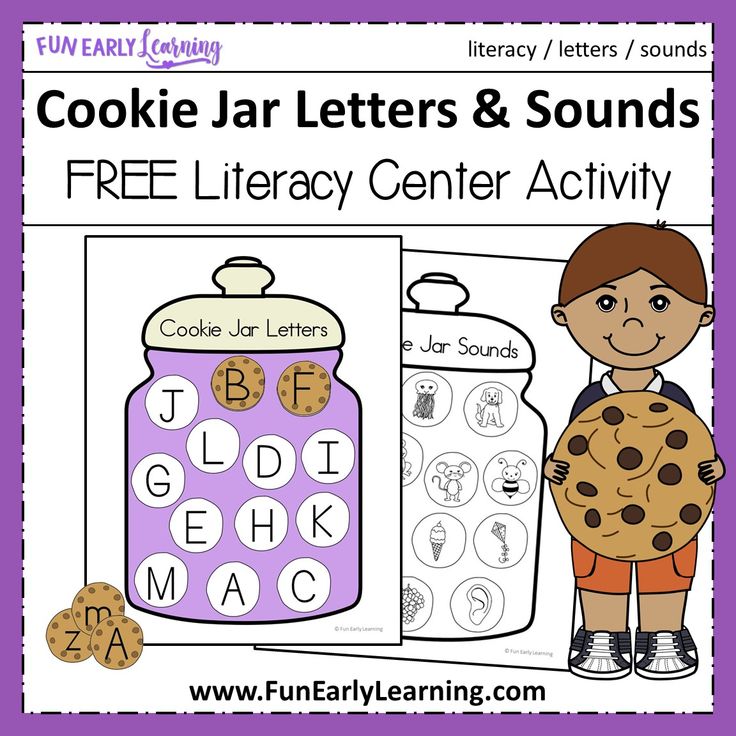 Familiar ideas will also make them feel more confident and comfortable while learning.
Familiar ideas will also make them feel more confident and comfortable while learning.
For example, if you want to start with the letter “T,” consider printing out pictures of things that start with “T” that your child loves, such as trucks and tigers. Let your child choose which pictures to use, and then help them create their very own alphabet book with those images!
Working with your child to construct their personal letter-sound alphabet — a mixture of the specific picture you want them to learn to associate with a particular letter sound — is an easy and fun craft project that will pay off in the long run.
The more personalized you can make the learning process the more fun your young learner will have!
Familiarity can also help your child beyond simply learning the letter sound: it helps them build confidence! The more your child feels like they understand and know what they’re reading, the more likely they’ll be to develop an enthusiasm for learning.
3) Repetition, Repetition, Repetition
This technique focuses on repetition, which is great for getting your child familiar with their letter sounds. By consistently repeating the same letter sounds to them, you can help your child more easily pick up on them.
By consistently repeating the same letter sounds to them, you can help your child more easily pick up on them.
A great idea might be to focus on introducing your child to one letter sound at a time. You could make a “letter of the week” jar for your child. Place an empty jar on your counter labeled with the letter sound for the week.
Every time your child points out a word they’ve heard that starts with the letter sound of the week, they earn a “ticket” or “point” in the letter sound jar (you could also use stickers on a poster if you don’t have a jar handy).
Challenge your child to gain three or four points (or more!) during the day. You’ll want the jar to be somewhere your child sees it often — maybe in the kitchen so you can prompt your learner to think of a word while you’re making dinner or washing dishes!
They don’t have to rely on only the things they hear or see in real life, especially when it comes to those trickier letter sounds (like x, q, or z). Consider using some of your daily reading time to flip through magazines or books and point out the letter sound whenever you come across it.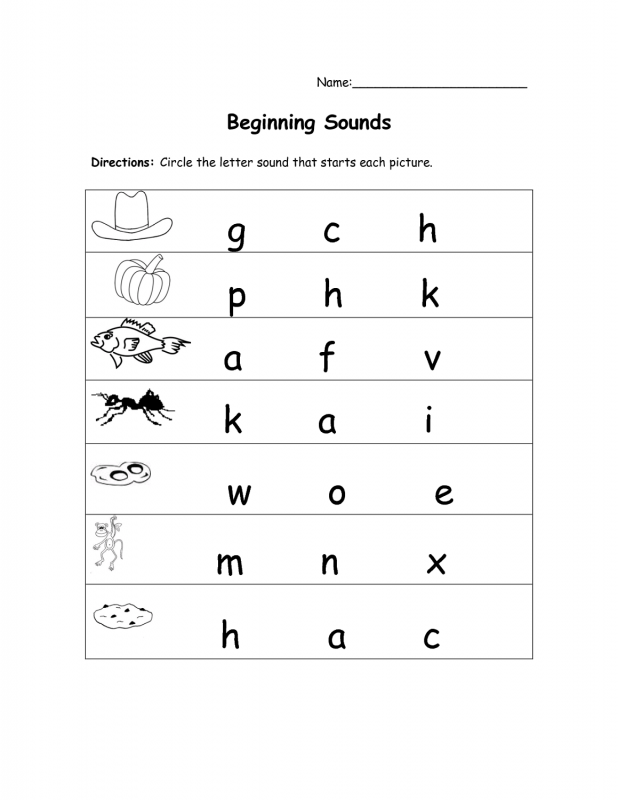
Emphasizing repetition this way really gives your child the chance to focus intensely on a single letter and explore the primary sound it represents!
Giving them ample amounts of time, practice, and exposure to one sound at a time may help them with their learning longevity.
4) Digital Letters In The 21st Century
Technology is a huge new factor in modern-day learning. Not only do children learn how to read and write texts, but now they also have to learn how to use a keyboard at a very young age.
While too much media time can be bad for your child, there are ways to be mindful about media consumption and incorporate media into their letter-sound learning. Especially for busy families, media can be a really useful asset to add to your parenting tool belt.
If you’re looking for a safe, personalized, and reliable place for your child to work on their reading and letter-sound skills, our online learning center has tons of playful games and exercises!
Your child can also use a simple keyboard to engage their letter-sound skills.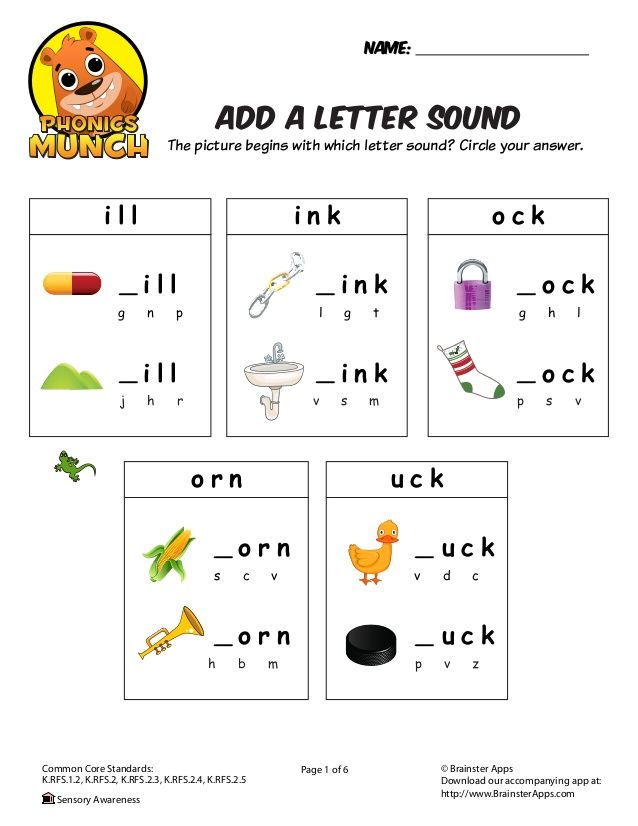 For this activity, you can call out the sound of a letter and ask your child to hit or point to the letter it matches on a keyboard.
For this activity, you can call out the sound of a letter and ask your child to hit or point to the letter it matches on a keyboard.
This exercise is easy and versatile, as you can use any keyboard you have around — on your phone, your computer, or a device designed for kids. And your child will probably love pretending to be a grown-up just like you!
5) Bingo
Classics are classics for a reason. And Bingo is a time-tested, kid-approved game!
If you’d like to take a shot at this activity, draw or print out a Bingo sheet that has pictures of things your child is familiar with (remember tip #2!). We recommend sticking to things they see daily, like apples (for the “a” letter sound), bikes (for the “b” letter sound), and so on.
To play, call out a letter sound and instruct your child to mark off the picture that begins with the same sound. If your child has siblings or neighborhood friends, consider inviting them to play along (it makes for a great virtual game, too).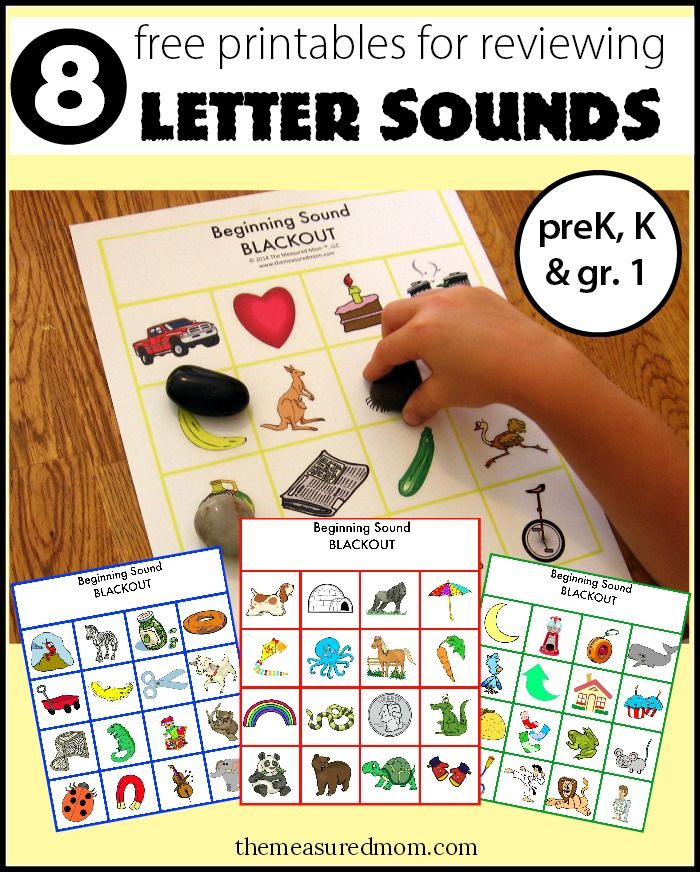
The first to make it to bingo wins!
Making Letter Sounds Fun And Functional
We hope these tips were helpful and gave you some creative ideas for how to get your child engaged with letter sounds (while having a blast along the way!).
We always want to leave you with a reminder that on the journey toward helping your child become a confident, enthusiastic reader, it may take some time to discover what learning strategies are the perfect fit for them. That’s OK!
If you ever need a little extra help or want to switch up your child’s learning routine, our learning center is always open and full of engaging and effective exercises for your emerging reader!
Author
Learning Letter Sounds - PreKinders
By Karen Cox | Affiliate Disclosure | Filed Under: Phonological Awareness
These games help pre-K children practice Letter Sound learning in a fun, hands-on way.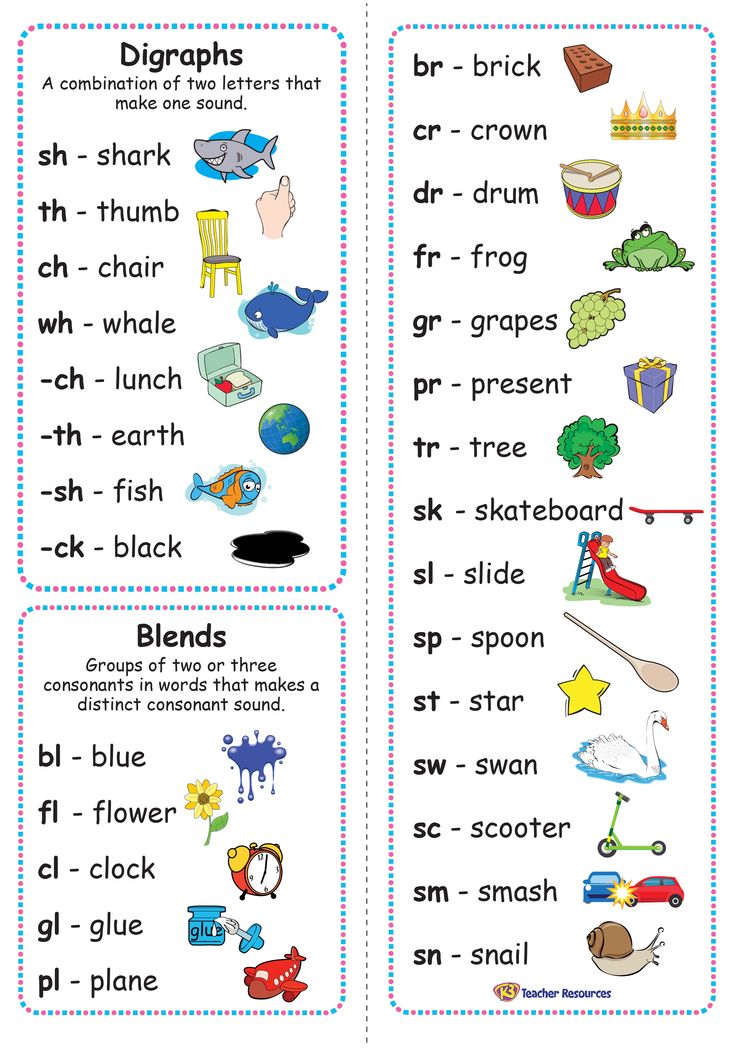
Sound Cups
Use 26 disposable clear punch cups and label each cup with a letter. Letter cup labels can be downloaded below. Collect a set of small trinket objects (you can ask parents and friends to send things in), such as plastic lizard, small block, watch, plastic frog, bandaid, necklace, button, dice. Place the trinkets in a basket. Children sort each trinket into a letter cup by its beginning sound.
You can use all 26 cups at one time, or select 3-4 letter cups at a time for children to focus on. When searching for items to go in the cups, look for dollar store mini toys (especially packs of animals and bugs), look at doll house miniatures, browse craft stores for mini items.
Download: Letter Cup Labels
Erase the Sound
Draw a picture on a dry erase lap board. In the example below, I drew a snowman. Call children up one at the time to erase something that begins with something in the picture. In this picture, children can erase something that begins with H (hat), something that begins with B (buttons), something that begins with N (nose).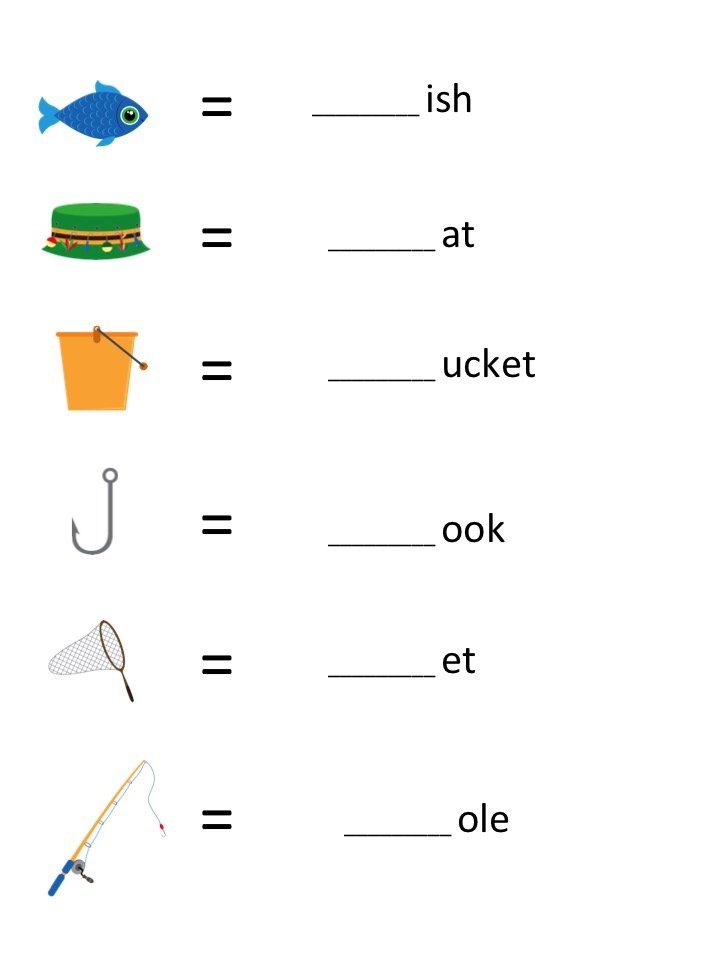 Continue until everything is erased.
Continue until everything is erased.
Mystery Bag
Place three objects beginning with the same letter in a bag (such as ball, bug, and button for B). Have a child pulls each item out of the bag and name each item. Have the class guess the “mystery letter”.
Guess Who?
Say three words and have the kids guess whose name begins with the same sound as those three words. For example, call out:
- lake
- lemon
- lamp
The class would guess Levi. If you have more than one child in your class (maybe Levi, Lucy, and Layton) who start with that letter sound, the class can name all of them.
I have prepared a list of words for each letter that you can use for your students. Download the list below.
Download: Beginning Letter Sounds List
Monster Names
Have kids stand, stomp, and growl when you say their “Monster Name”. Replace the first letter of each child’s name with the letter M. For example, Braden’s name would become “Mad Monster Maden” and Ashlyn’s name would become “Mad Monster Mashlyn”.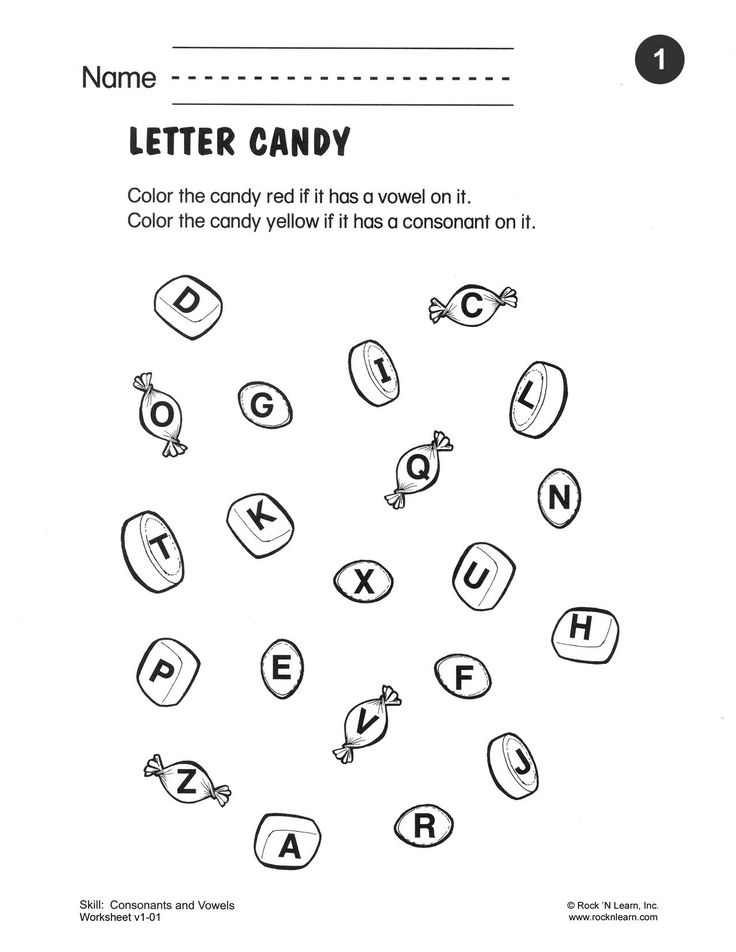
Say Two Words
Say two words, and have kids stand up if the words begin with the same sound. Have them sit down if they do not. For example,
cat – cow (stand up)
hat – goat (sit down)
Letter Sounds Listening Games
Children listen for beginning sounds in words and use bingo markers to stamp a letter each time they hear the letter sound. Get the printable game here: Letter Sounds Listening Games.
Letter Sounds Activity Cards
Children look at the picture, say the word, and find the letter that matches the beginning sound. They mark the cards by clipping it or marking it with a chip. Get the printable game here: Letter Sounds Activity Cards.
Letter Tile Mats
Children match letter tiles to the pictures on the mats by identifying the beginning sound of the words. Get the printable game here: Letter Tile Mats.
More Resources
These are available in my shop.
About Karen Cox
Karen is the founder of PreKinders.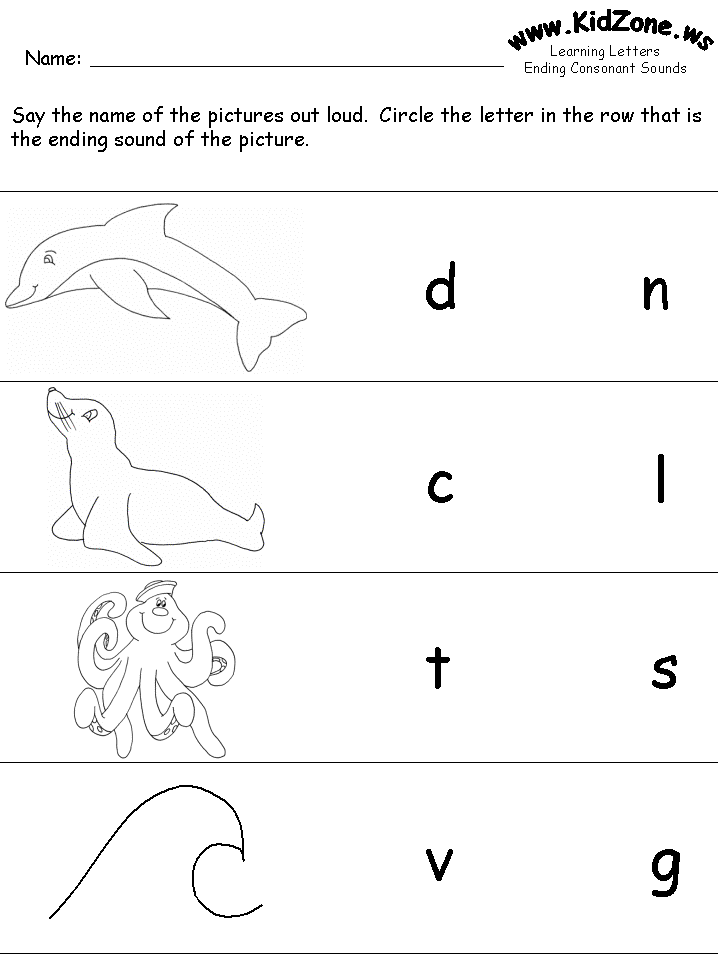 com. She also works as a full-time Pre-K teacher in Georgia. Read more...
com. She also works as a full-time Pre-K teacher in Georgia. Read more...
SEARCH
| POPULAR PAGES
| Welcome! Sound Acquaintance Methodology One of the meanings of the word "phonetics" is the sound composition of the language. Classes for the development of the child's sound composition of the language include three stages: acquaintance with sound, differentiation of sounds, acquaintance with the letter.
Getting to know sound To get acquainted with the sound, you can use riddles, the answers of which begin with a given sound; poems with repeatedly repeated "necessary" sound. Refinement of sound articulation. That is, the child is invited to pronounce the sound. At the same time, the child is asked questions that allow him to “feel” the articulation of the sound. For example, "What is the position of the lips (tongue)?" Definition of sound characteristics For example: sound [a] - the mouth is open, the tongue lies calmly, the air does not meet obstacles, the sound can be sung with a voice. It is necessary to explain to the child that such a sound is called a vowel. Sound [m] - lips are closed, air cannot escape freely, as lips interfere with it; the sound can be pulled (that is, the sound can be pronounced for a long time), but it cannot be pronounced higher or lower, that is, it cannot be sung. The child is explained that such a sound is called a consonant. More details about the characteristics of sounds can be found in the section >>> cheat sheet for parents . After getting acquainted with the characteristics of the sound, a series of questions are asked to consolidate the acquired knowledge:
Separation of a sound from a number of other sounds, syllables, words The next stage is the selection of a sound from a number of other sounds, syllables, words. Determining the place of sound in a word Determining the place of sound in a word is based on pictures. For example, an adult shows a picture and pronounces a word, and a child determines the place of the sound being studied (beginning, middle, end of the word). The display is carried out in the following order: pictures for the sound at the beginning of the word, at the end, in the middle and then alternate in a different sequence. In this case, after the child has determined the place of the sound in the word, the picture is laid out in the appropriate row (upper, middle or lower). Thus, the formation and consolidation of the concept of the place of sound in a word is based not only on hearing, but also on vision. Determining the hardness/softness of consonants. When studying consonants, the next stage is introduced - the formation of the concepts of "hard - soft". At the end of this stage, the children are once again asked a series of questions to reinforce:
It is necessary to pay attention to the fact that when studying the first consonant sound, which can be hard and soft ([m]), it is advisable to talk about a soft sign, “saying” that the letter written before it means a soft sound. 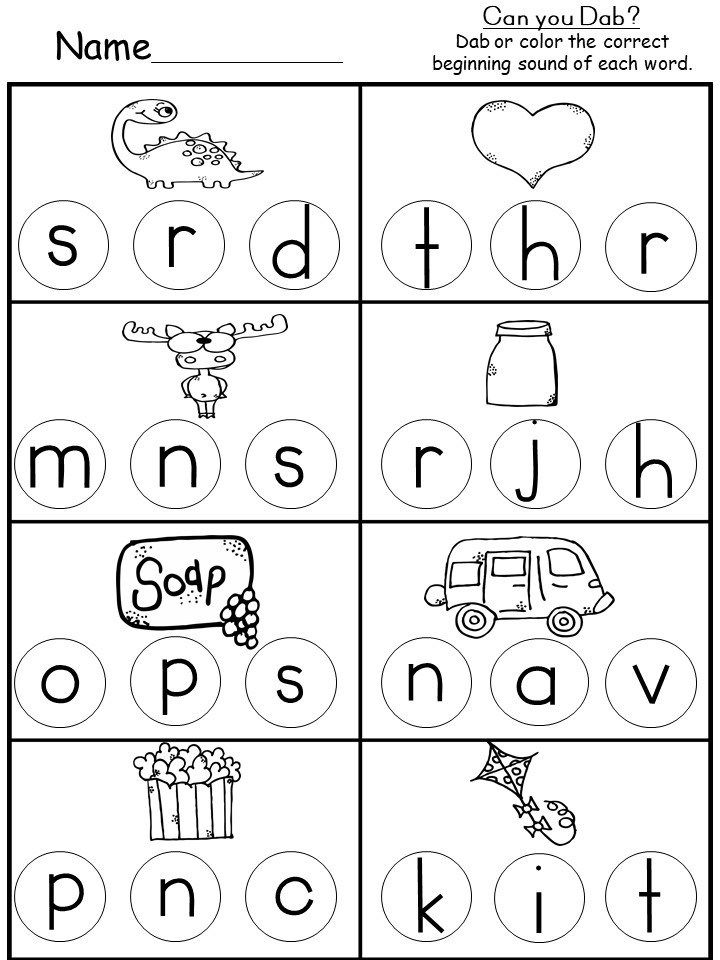 After the explanation, the card with the letter "b" will determine the place of pictures, syllables, words with soft consonant sounds. After the explanation, the card with the letter "b" will determine the place of pictures, syllables, words with soft consonant sounds. Compilation of syllables, words from given sounds The final type of work on the sound is an independent selection of words. The child pronounces the word with the sound being studied, whether it is hard or soft; at the beginning, middle or end of a word.
Clarification of articulations and characteristics of sounds, finding their similarities and differences View Items >>> Sound Introduction and >>> Sound Characterization Selection of a given sound from a number of other sounds, syllables, words At this stage, the game is being played >>> “hear - clap” with additional conditions: after hearing one given sound, you need to clap once; hearing another given sound - twice. Determining the place of sound in a word See paragraph >>> definition of the place of sound in the word . Compilation of sound patterns, syllables, words At this stage, the child is asked to make syllables and words from separately pronounced sounds, as well as words from separately pronounced syllables:
Turning to the acquaintance with the letter, it is advisable to remember that we hear and pronounce the sound; in writing, sound is denoted by a letter; we see and write the letter. Letter games
| MAIN MENU
OUR CONTACTS
MISCELLANEOUS
OUR PARTNERS OUR FRIENDS SITE HELP |
Learning letters and sounds with children
7009
Before teaching a child to read, parents are advised to first teach the child to recognize and distinguish sounds.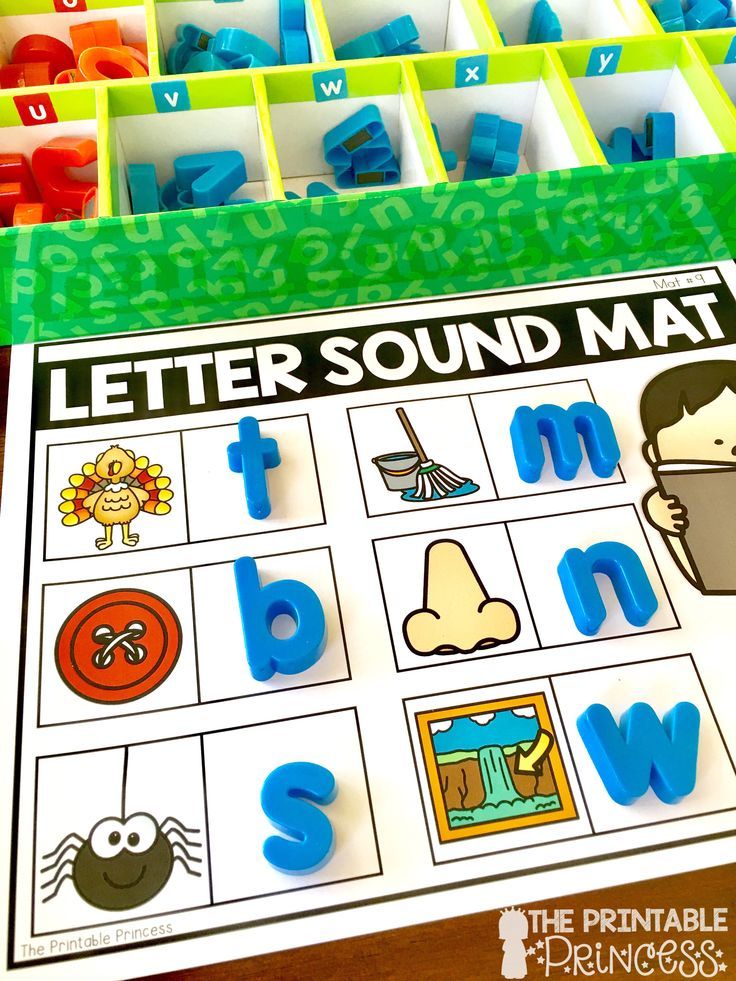 Some children understand the difference between letters and sounds after the first explanation, while others do not. And then the mother has to connect her imagination and all her pedagogical abilities in order to first understand herself, and then explain to the child why to distinguish between sounds and letters and how to do it.
Some children understand the difference between letters and sounds after the first explanation, while others do not. And then the mother has to connect her imagination and all her pedagogical abilities in order to first understand herself, and then explain to the child why to distinguish between sounds and letters and how to do it.
It is necessary to understand the following pattern: there are many more sounds than letters, sounds are more important than letters, letters in themselves do not mean anything, and all qualities, for example: sonority, softness, etc., are related to sounds. One letter can represent several sounds. Therefore, we begin to learn to speak and read precisely with sounds.
Tell a kid a story:
“People lived in ancient times. They already knew how to speak and therefore loved to tell each other fairy tales and sing songs. But everything they told was quickly forgotten, because people did not know how to write. Fairy tales and songs were so interesting that a person wanted to remember them for a long time.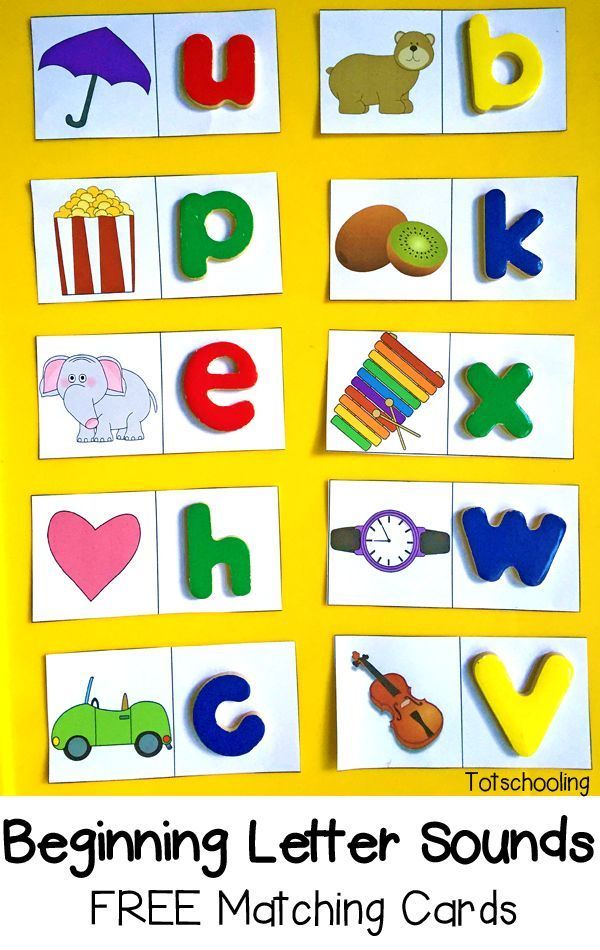 And then people came up with special letter icons. The letters denoted the sounds that people uttered when telling a fairy tale. So the ancient man began to write down his fairy tales with the help of letters. Therefore, letters-icons now live in books, but they are always silent until you want to read them aloud. And as soon as you want to read a letter, sound will immediately appear. Sound and letter are the closest friends and cannot live without each other. A letter without a sound is silent, and a sound without a letter immediately disappears.
And then people came up with special letter icons. The letters denoted the sounds that people uttered when telling a fairy tale. So the ancient man began to write down his fairy tales with the help of letters. Therefore, letters-icons now live in books, but they are always silent until you want to read them aloud. And as soon as you want to read a letter, sound will immediately appear. Sound and letter are the closest friends and cannot live without each other. A letter without a sound is silent, and a sound without a letter immediately disappears.
In total, there will be 33 houses in the city, because there are 33 letters in the alphabet. A river will flow through the city, which will divide it into three parts. One coast is called "Vowers", the second - "Consonants", and empty houses are built on the third coast. However, houses will be built in the city not only on the shore, but also on the river. Floating houses are special. They can be painted in two colors, and empty houses in one gray color.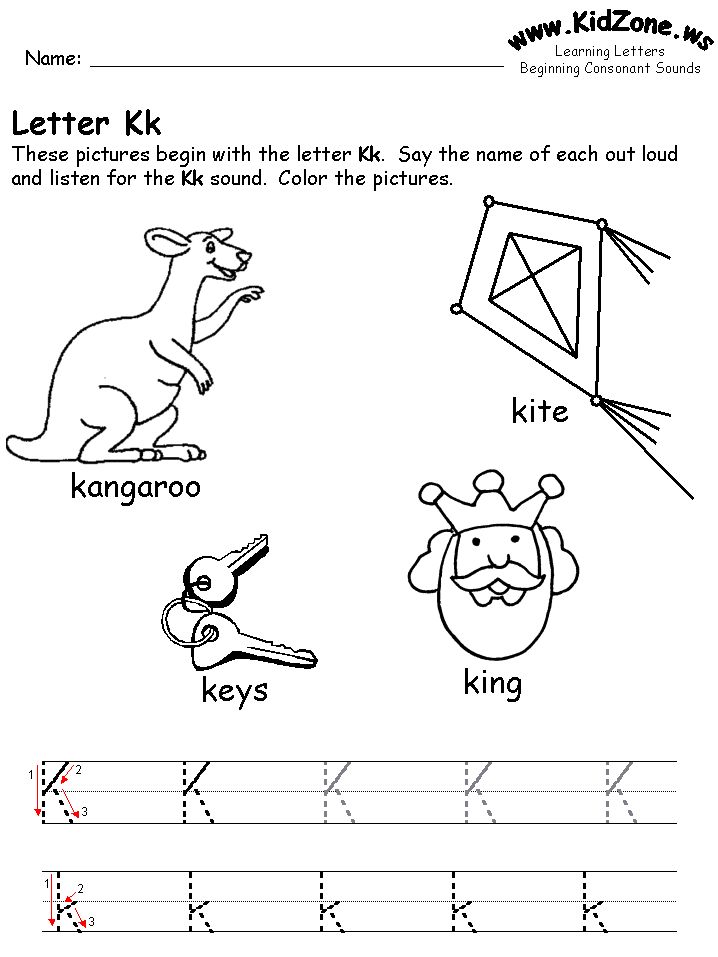
Houses in the city are divided into three types: with two tenants, with one and empty houses.
On the bank of vowels there will be 6 single houses: a, i, o, u, s, e.
Houses were built on the bank of consonants, where 2 sounds live at once - hard and soft: b-b, v-v, g-g, d-d, z-z, k-k, l-l, m-m, n -n, p-p, r-r, s-s, t-t, f-f, x-x, and single houses: f, c, w, d, h, u. In total, 21 houses were built on the bank of the consonants.
Suitcase houses will live on the river, there are only 4 of them. Two sounds Y-E live in the house E, sounds Y-O live in the house YO, in the house Yu - Y-U, in the house I - Y-A. These houses were built on the river because vowels and consonants coexist in them.
There are empty houses on the third bank: b sign and b sign. Nobody lives in these houses. Therefore, these letters do not have sounds. They are only for writing.
Play with the drawn map.
Discuss with your child in the following sequence: the letter B is the house of two friends: a large and hard sound B and a small and soft sound b. Compare how the letter B sounds, for example, in the words Bom and Bim. (In the word Bom we hear a hard sound B, in the word Bim - a soft sound b).
Compare how the letter B sounds, for example, in the words Bom and Bim. (In the word Bom we hear a hard sound B, in the word Bim - a soft sound b).
When examining a book, ask: “Where is the letter M in the word BEAR? And what sounds live in the house-letter M?" The child must remember the map or directly examine it with you at this moment and show with a finger that sounds live in this house: big and hard M and small and soft m.
When studying consonants, call them by the sound they denote, i.e. not "me" or "em", but "m". Otherwise, later it will be very difficult for the child to learn how to combine letters into syllables and words.
The ratio of sounds and letters is quite an abstract thing for kids. And it will be easier for them to understand it if they are guided by the picture and create images in their imagination.
The Razumeikin website will help your child learn letters in the "Letters and Reading" section and get acquainted with the characteristics of sounds in the "Preparing for Literacy" section - educational videos and interactive tasks will turn learning to read into an exciting game!
Did you like it? Share with friends:
Online classes on the Razumeikin website:
-
develop attention, memory, thinking, speech - and this is the basis for successful schooling;
-
help to learn letters and numbers, learn to read, count, solve examples and problems, get acquainted with the basics of the world around;
-
provide quality preparation of the child for school;
-
allow primary school students to master and consolidate the most important and complex topics of the school curriculum;
-
broaden the horizons of children and in an accessible form introduce them to the basics of various sciences (biology, geography, physics, chemistry).
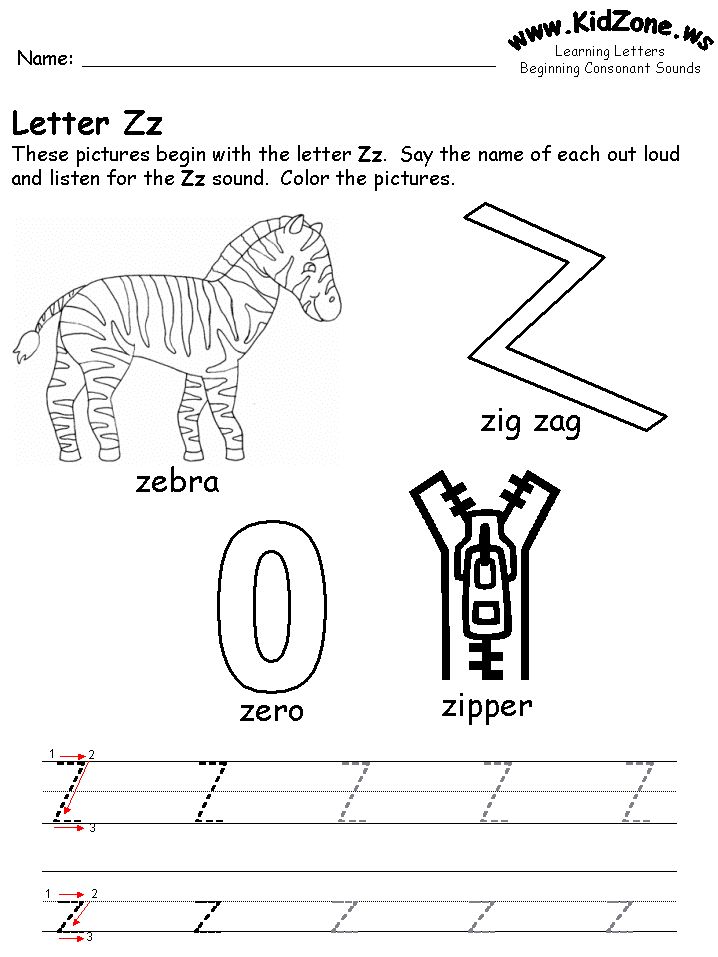
Learn more

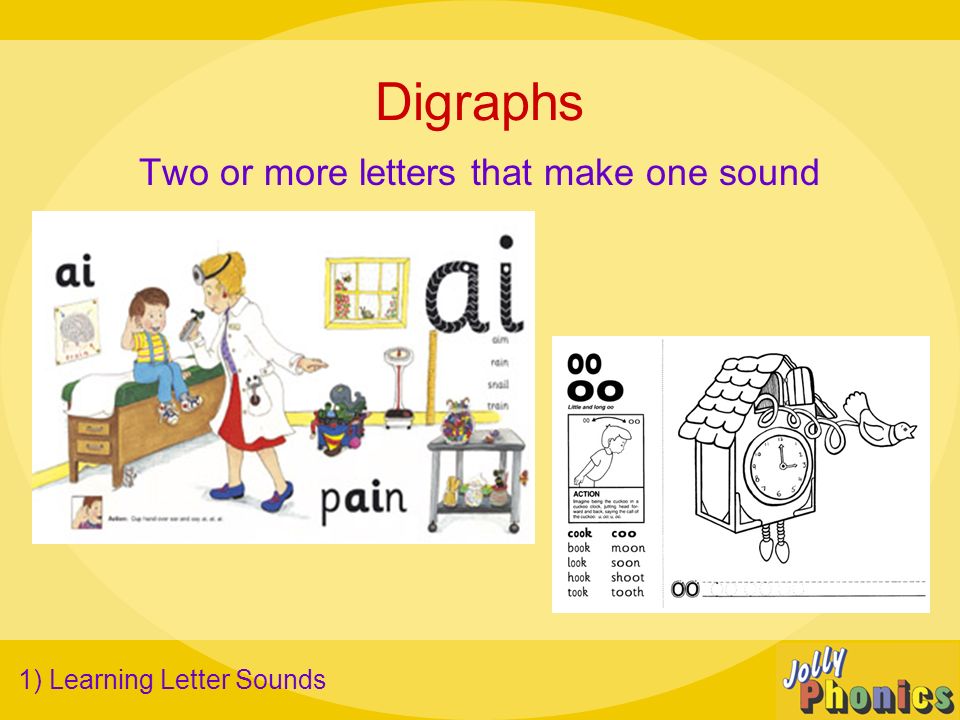 The child's mastery of the sound composition of the language underlies the development of speech. In other words, the peculiarity of the formation of a child's speech directly depends on his ability to hear, recognize and distinguish between speech sounds.
The child's mastery of the sound composition of the language underlies the development of speech. In other words, the peculiarity of the formation of a child's speech directly depends on his ability to hear, recognize and distinguish between speech sounds. 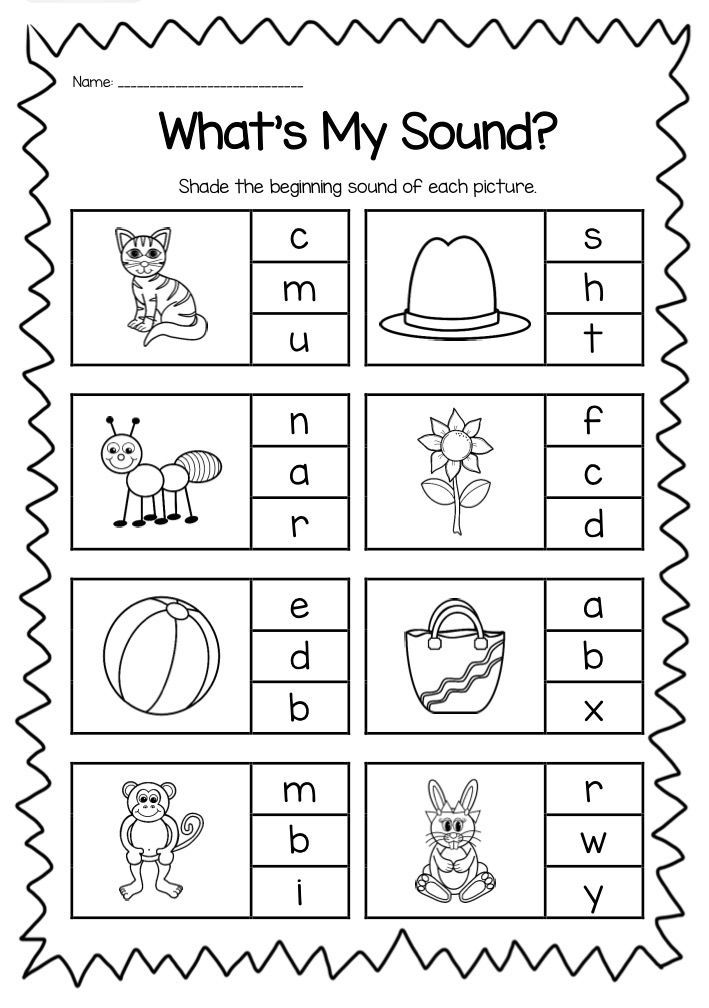 You can also use stories in which the sound is associated with a certain image. For example, a story about water (sound [s] - song of water) or a story about a mosquito (sound [s] - song of a mosquito).
You can also use stories in which the sound is associated with a certain image. For example, a story about water (sound [s] - song of water) or a story about a mosquito (sound [s] - song of a mosquito). 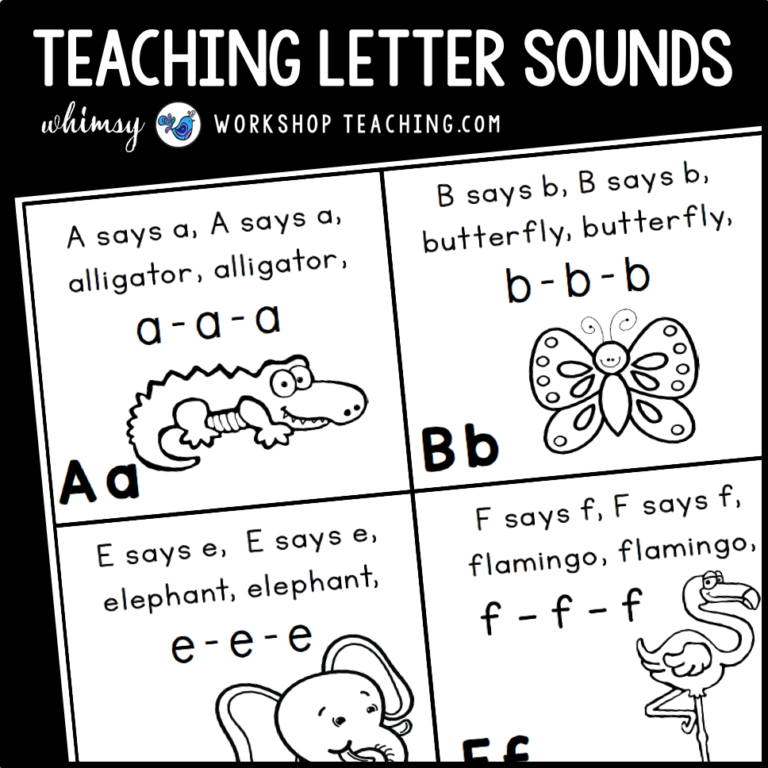 Then the child is invited to put his hand on his neck and repeatedly pronounce the sound [m], while asking the question: “What do you feel?” (throat trembles). When the child is convinced that the “throat is trembling”, it is necessary to explain that it is the vocal cords that are working and such a sound is called voiced.
Then the child is invited to put his hand on his neck and repeatedly pronounce the sound [m], while asking the question: “What do you feel?” (throat trembles). When the child is convinced that the “throat is trembling”, it is necessary to explain that it is the vocal cords that are working and such a sound is called voiced. 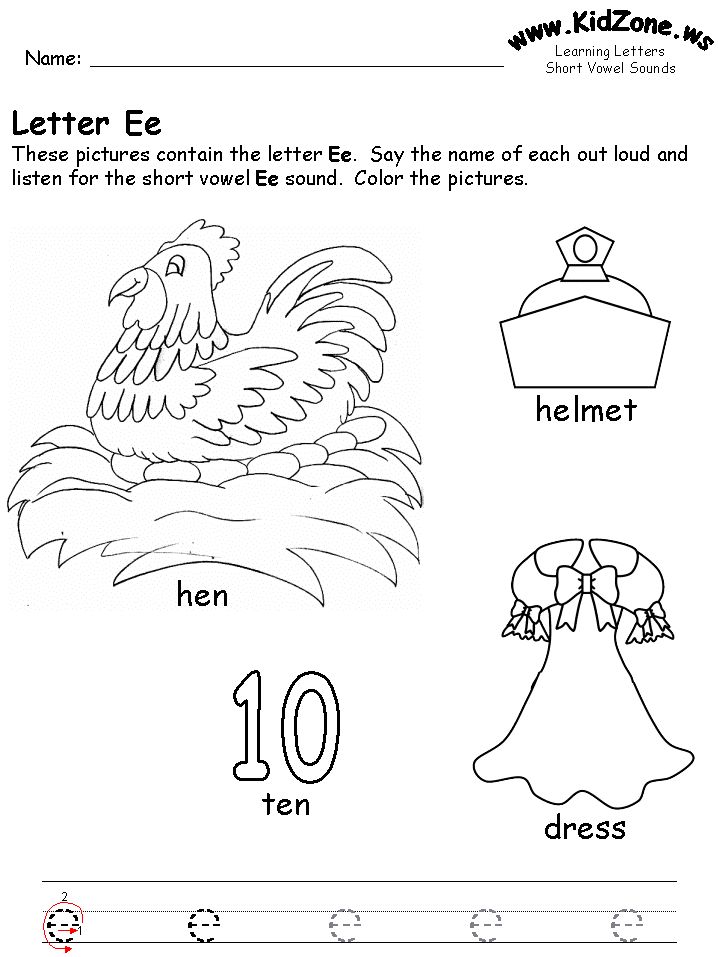 The game is being played >>> "you hear - clap" . Prerequisite: the child performs this task with his eyes closed.
The game is being played >>> "you hear - clap" . Prerequisite: the child performs this task with his eyes closed. 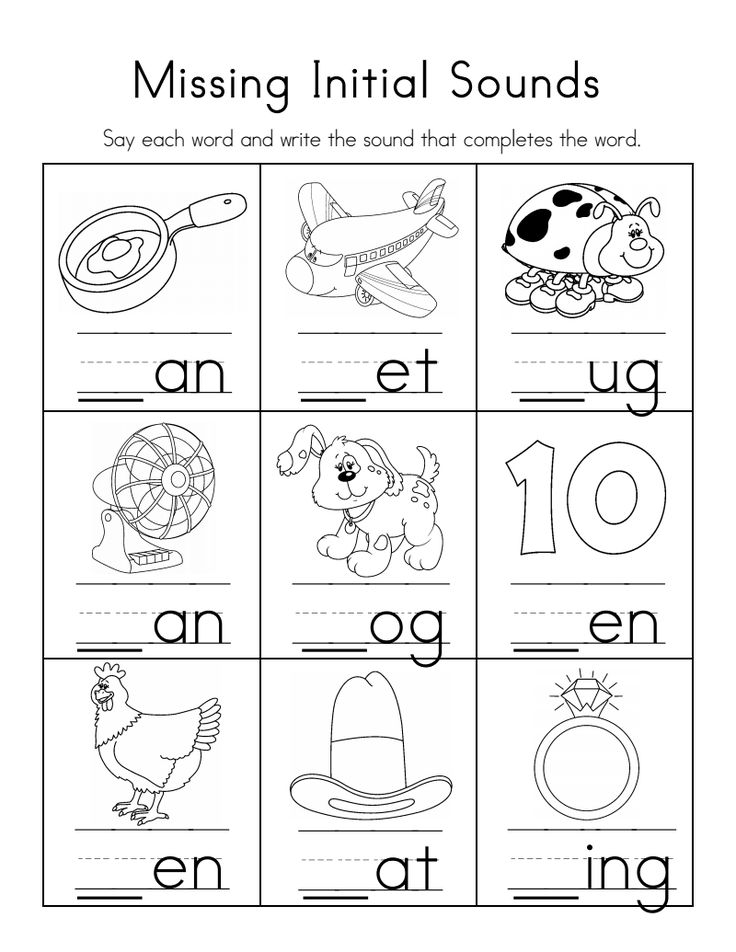 The child is offered to listen with the simultaneous display of pictures of two words - one for a hard sound (for example, “lamp”), the other for a soft sound (for example, “watering can”). The child is asked if the first sounds sound the same. After determining the difference by ear, the adult explains that one sound is hard, the other is soft, and the pictures are laid out in two rows: for a hard sound - on the left, for a soft sound - on the right.
The child is offered to listen with the simultaneous display of pictures of two words - one for a hard sound (for example, “lamp”), the other for a soft sound (for example, “watering can”). The child is asked if the first sounds sound the same. After determining the difference by ear, the adult explains that one sound is hard, the other is soft, and the pictures are laid out in two rows: for a hard sound - on the left, for a soft sound - on the right. 